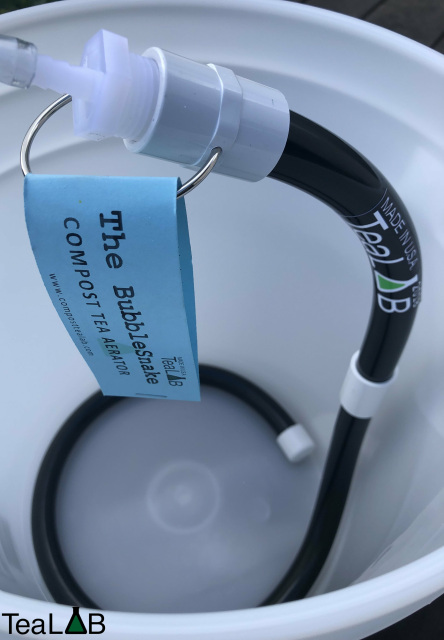


Rocket Mass Heater Plans: Annex 6" L-shaped Bench by Ernie and Erica
will be released to subscribers in:
soon!



 5
5




Dave's SKIP BB's / Welcome to Permies! / Permaculture Resources / Dave's Boot Adventures & Longview Projects














 3
3




Building soil in the Yukon.
 2
2




Eric Fisher MSc BSc (Hons) Author of 'Compost Teas for the Organic Grower' Permanent Publications : https://shop.permaculture.co.uk/compost-teas-for-the-organic-grower.html
Compost Teas Wiki : https://permies.com/wiki/116744/Compost-Teas-Eric-Fisher Order USA : https://www.chelseagreen.com/product/compost-teas-for-the-organic-grower/st-Teas-Eric-Fisher
 2
2




Dave's SKIP BB's / Welcome to Permies! / Permaculture Resources / Dave's Boot Adventures & Longview Projects















 4
4




List of Bryant RedHawk's Epic Soil Series Threads We love visitors, that's why we live in a secluded cabin deep in the woods. "Buzzard's Roost (Asnikiye Heca) Farm." Promoting permaculture to save our planet.
 2
2




Eric, do you feel that creating a compost with as many different plant inputs as possible and adding some manure component will give a fairly well balanced compost for tea making?
Eric Fisher MSc BSc (Hons) Author of 'Compost Teas for the Organic Grower' Permanent Publications : https://shop.permaculture.co.uk/compost-teas-for-the-organic-grower.html
Compost Teas Wiki : https://permies.com/wiki/116744/Compost-Teas-Eric-Fisher Order USA : https://www.chelseagreen.com/product/compost-teas-for-the-organic-grower/st-Teas-Eric-Fisher












 1
1




List of Bryant RedHawk's Epic Soil Series Threads We love visitors, that's why we live in a secluded cabin deep in the woods. "Buzzard's Roost (Asnikiye Heca) Farm." Promoting permaculture to save our planet.
















 2
2




List of Bryant RedHawk's Epic Soil Series Threads We love visitors, that's why we live in a secluded cabin deep in the woods. "Buzzard's Roost (Asnikiye Heca) Farm." Promoting permaculture to save our planet.
 2
2





“Civilization has not much to brag about. It drives its victims in flocks repressing the growth of individuality” - John Muir
 6
6




Mediterranean climate, hugel trenches, fabulous clay soil high in nutrients, self-watering containers with hugel layers, keyhole composting with low hugel raised beds, thick Back to Eden Wood chips mulch (distinguished from Bark chips), using as many native plants as possible....all drought tolerant.
 2
2




Invasive plants are Earth's way of insisting we notice her medicines. Stephen Herrod Buhner
Everyone learns what works by learning what doesn't work. Stephen Herrod Buhner

|
It's a tiny ad only because the water is so cold.
Homestead Pigs Course
https://permies.com/wiki/365748/Homestead-Pigs
|






